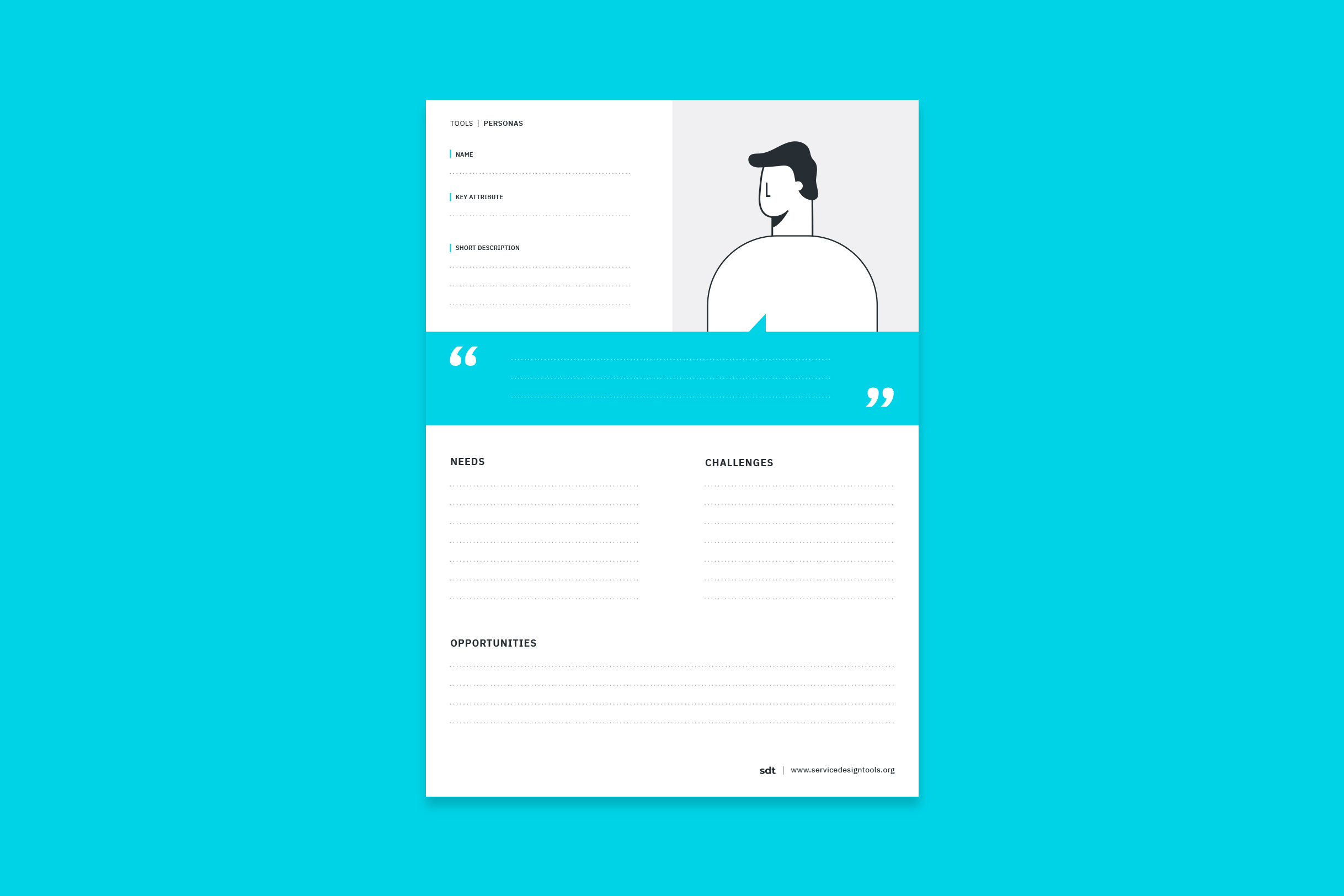what is it
Each persona is a reference model representative of a specific type of users.Technically, they can be called behavioural archetypes when they focus on capturing the different behaviors (e.g. “the conscious chooser”) without expressing a defined personality or socio-demographics. The more the archetypes assume a realistic feeling (e.g. name, age, household composition, etc.), the more they become real personas, fully expressing the needs, desires, habits and cultural backgrounds of specific groups of users.
use it to
Remember who you design for and get inspired by their specific life and challenges.
remember to
Avoid enriching their descriptions with details that are not relevant in that context: they could be misleading.

references
(1998) Alan Cooper, The Inmates Are Running the Asylum, Sams.
(2009) Frank Long, Real or Imaginary: The effectiveness of using personas in product design, research paper published in the Irish Ergonomics Review, Proceedings of the IES Conference 2009, Dublin
(2009) Kim Goodwin, Designing for the Digital Age: How to Create Human-centered Products and Services, John Wiley & Sons.
